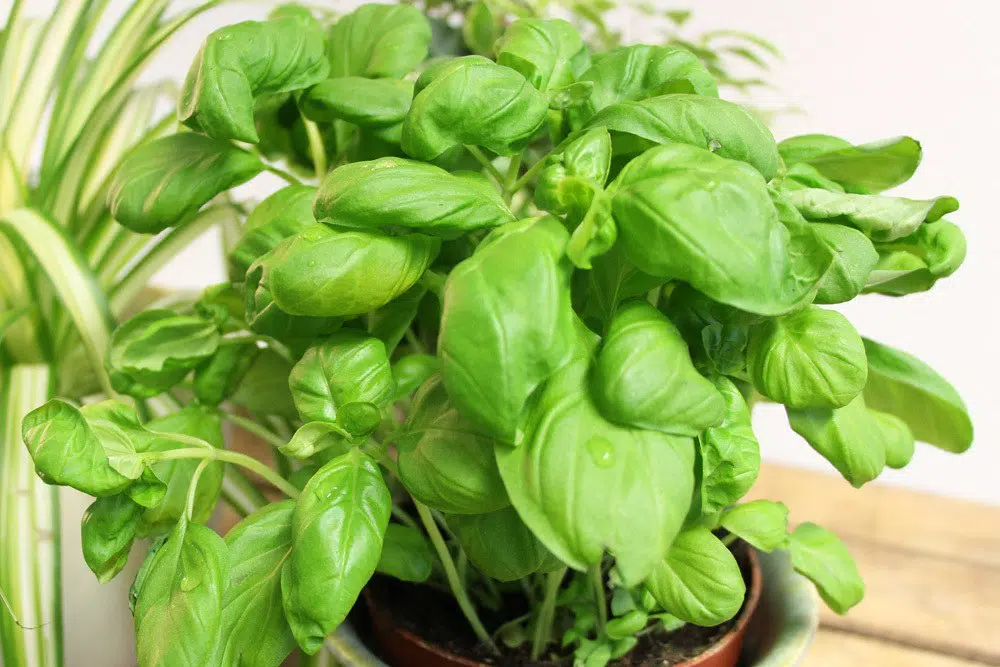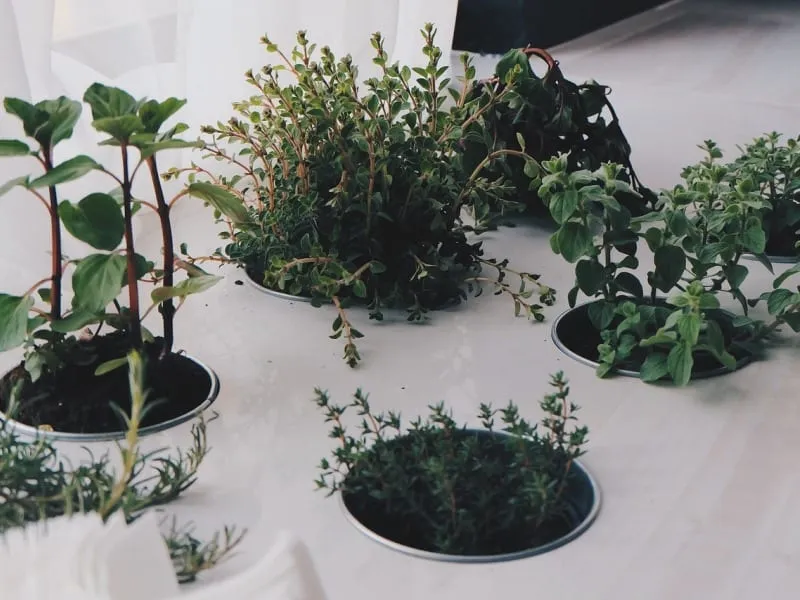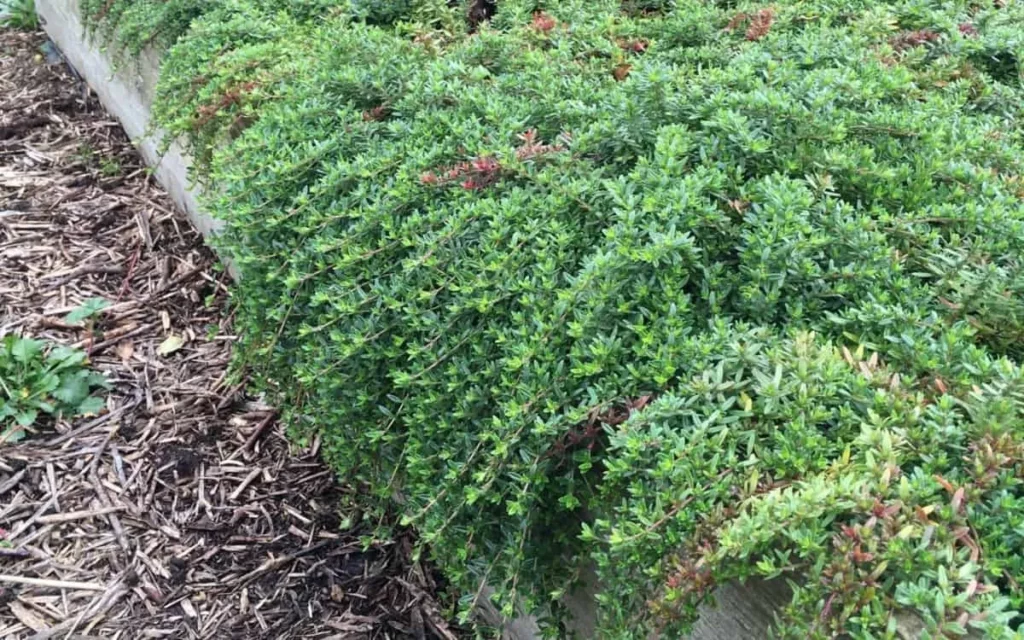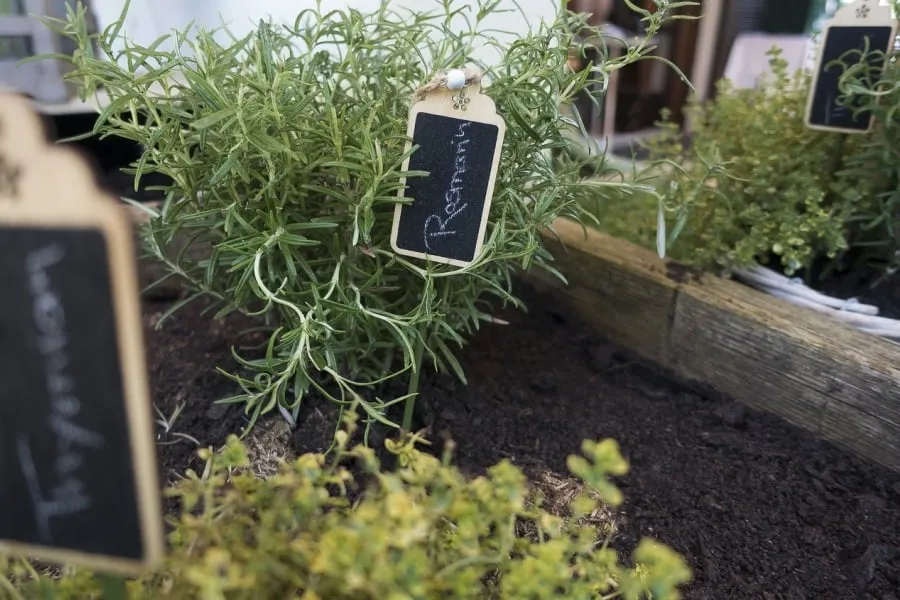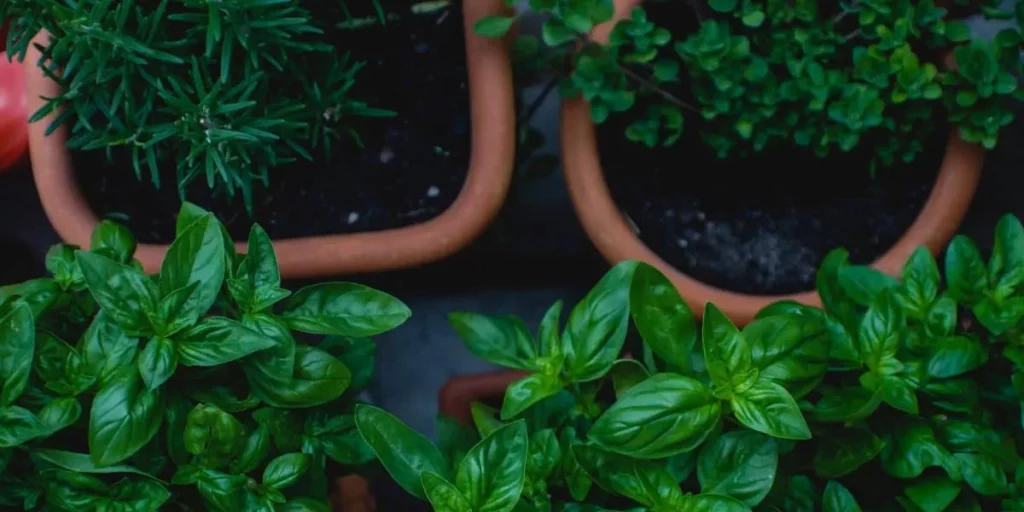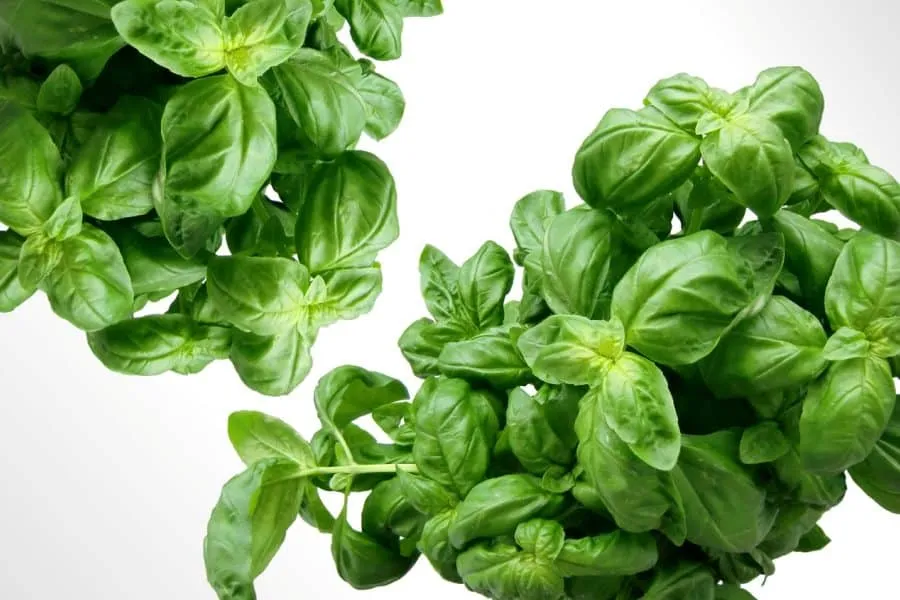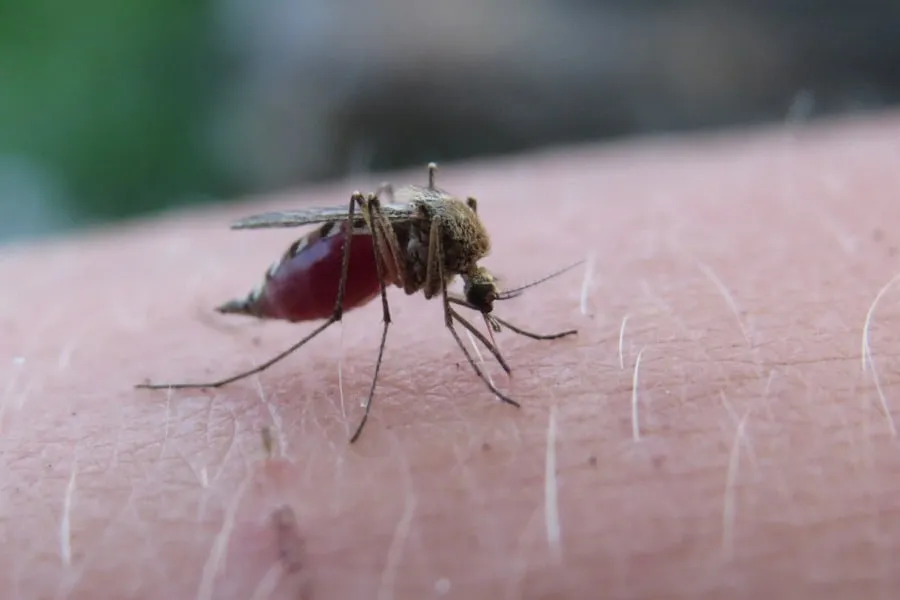Basil (Ocimum basilicum), with its strong green leaves and unmistakable aroma, has become an indispensable part of Mediterranean cuisine. The royal herb, which probably originated in India, has been cultivated in Europe since the 12th century. However, for the popular culinary herb to thrive, it needs a suitable location and good care. If the plant gets brown leaves, it often indicates location or care errors.
Contents
Brown leaves on basil
Fresh basil – botanically also known as Ocimum basilicum – is an indispensable ingredient in both Mediterranean and Asian cuisine. So it’s no wonder that the kitchen herb, which has been popular for centuries, has been steadily increasing in sales for several years. If, however, the amateur chef carries home his newly acquired pot from the supermarket or even from the expensive garden specialty store, the rude awakening usually occurs after only a few days on the kitchen bench: The basil plant gets yellow or brown leaves, begins to wilt and finally dies.
Growth accelerators cause stressed plants
The cause of this phenomenon is the industrial growth conditions for both the inexpensive and the expensive basil pots, which are grown tall in a very short time thanks to optimized seed selection, targeted use of light and perfected site and soil conditions. However, the plantlets in question look perfect at the time, but have not had a chance to grow into vigorous adult plants. In addition, the delicate plants have often suffered drastically during transportation.
In order for the basil pot from the supermarket to have a chance of survival at your home, you should take the following measures to heart:
- Never remove the protective plastic film immediately.
- instead, remove only about one centimeter of the film every day
- repot basil in fresh, nutrient-rich substrate
- distribute the plants, which are usually too close together, among several planters
- place in a bright and warm place
- cultivate outside if possible
- no draught
- slowly acclimatize to the new location (beware of sunburn!)
- do not overwater, do not allow to dry out
- never water from above or spray the plant
Causes
Ocimum basilicum is an extremely sensitive little plant, which quickly reacts to changes in the environment and especially to incorrect care and an unsuitable location with leaf discoloration – regardless of whether you carried it home in a pot from the supermarket or grew it yourself from seed. Brown leaves or leaf spots are usually a sign of care mistakes, but they can be stopped. In the following overview, we explain which causes of brown spots are possible and how you can quickly get your ailing basil plant back into shape.
Wrong location
Basil is not suitable for growing on a windowsill. The heat-loving plant feels most comfortable outdoors in the fresh air, where it prefers a full-sun location on the balcony or even in the garden. Plant the herb in a place where it receives at least six hours of sun daily.
Sunburn
However, do not plant or place the basil plant in full sun right away, but acclimate it slowly over a period of several days. A sudden move from the artificially lit supermarket to the full sun herb bed often results in brown spots on the leaves – this is sunburn in this case. Shade the plant in question over the midday hours and cut off the spotted parts of the plant.
Wrong temperatures
Basil plants should generally be moved indoors at temperatures below 12 °C, because as originally tropical plants they cannot tolerate such coolness despite centuries of cultivation in Central Europe. In contrast, warm temperatures of 20 °C or more are optimal. But be careful: basil shrubs do not like drafts or heat-accumulating locations, for example in front of a bright south-facing wall. An airy location that also offers protection from rain is ideal.
Tip: Cultivate the herb together with tomato bushes planted under a canopy, because the two species complement each other perfectly: the essential oils of the culinary herb keep pests away from the tomato plants, while the basil itself benefits from the canopy.
Wrong soil
Nutrient-poor soil / substrate
Unlike most other herbs from the Mediterranean region, Ocimum basilicum is a decidedly heavy grower, and should be transplanted into an appropriate substrate as soon as possible after purchase. The plant feels most comfortable in a potting soil that has the following characteristics:
- nutrient-rich, preferably high humus and compost content
- no peat
- deep, well-drained (if necessary, loosen with perlite, expanded clay or sand)
- pH-value between 6.5 and 7.5
If the basil is in soil that is too light, you should either replace the substrate, amend it with a high quality compost or feed the plant more frequently with an herb fertilizer.
Heavy, wet soil or lack of drainage.
Heavy, clayey soils are suitable for basil culture only after a massive improvement with compost soil and sand, and you should also be sure to install effective drainage here. To do this, fill the bottom of the planting hole with a layer of gravel several centimeters thick. Drainage is also indispensable in the pot, so that excess irrigation water can drain away quickly. Excessive moisture will initially cause leaf spots, and later the roots will rot and the whole plant will die. In case of excessive watering or waterlogging, you should repot the plant in fresh substrate and vigorously cut back both the roots and the above-ground shoots.
Incorrect watering
Since basil does not tolerate drought or excessive moisture, it quickly gets brown leaves both with too much moisture and with dry substrate. To get the plant back in shape quickly, follow these golden watering rules:
- use lukewarm water, never cold rainwater or well
- rainwater or well stale tap water.
- basil is sensitive to lime
- water in the early morning if possible, not in the evening
- watering in the evening dries the leaves only slowly
- never water from above, only directly on the roots
- never spray the plant
Especially when the leaves of basil get wet, they discolor. For this reason, keep all moisture away from the foliage – this includes rainwater.
Diseases and pests
In addition to the listed care errors, certain diseases and pests also lead to brown leaves and leaf spots:
- Wilt or stem rot (caused by the fungus Fusarium oxysporum).
- Leaf spot disease
- Leaf sap sucking pests such as aphids and thrips.
The important thing when controlling fungal diseases is to cut out infected plant parts as soon as possible. On the other hand, otherwise common household remedies such as field horsetail decoction and other liquids should not be applied, as the plants are also sensitive to them. Instead, dust them with dry charcoal or primitive rock powder. Alternatively, neem seeds incorporated into the planting substrate will also help. You can also use these remedies in the event of a pest infestation. In addition, the targeted use of beneficial insects, such as predatory mites or ladybugs, often helps.

